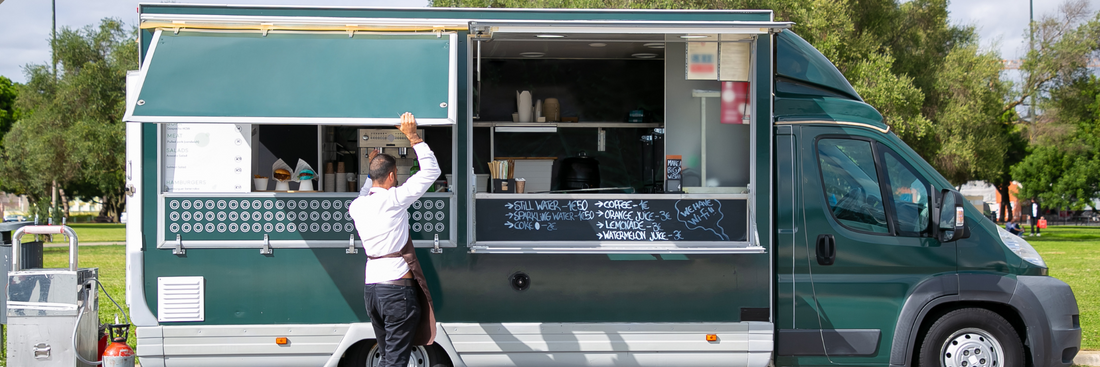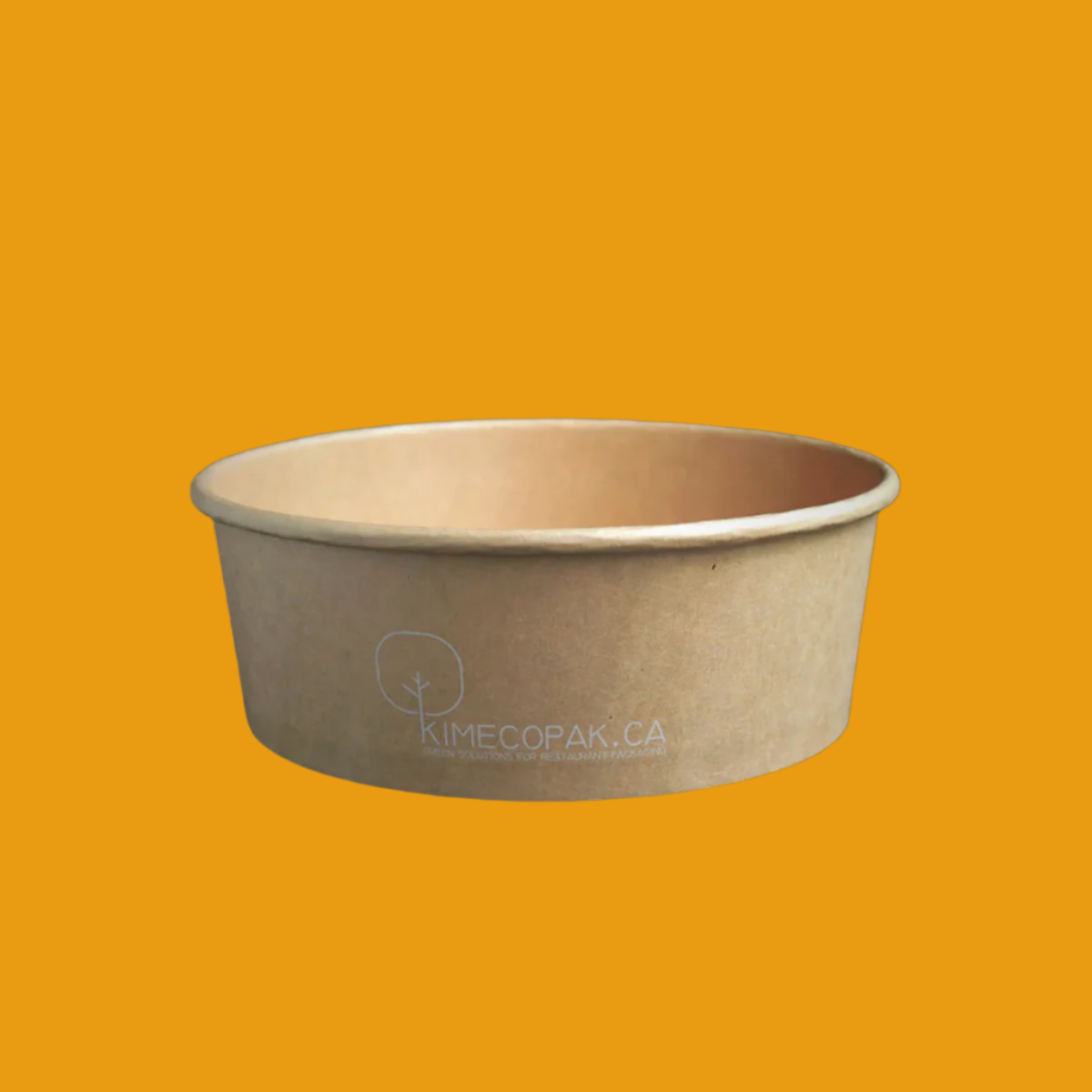Having the right food truck equipment is the backbone of any successful mobile kitchen. Whether you're serving gourmet tacos, specialty coffee, or vegan bowls, the tools you choose directly impact food quality, service speed, safety, and overall customer satisfaction. This comprehensive guide breaks down the must-have equipment by category, provides realistic cost estimates, and shares expert tips on layout, utilities, and sourcing.
Whether you're buying new, exploring used options, or considering rentals, understanding your equipment needs is key to building a food truck that runs efficiently and complies with local regulations.
-
Types of Food Trucks: Choosing the Best Model for Your Business
-
How to Open a Food Truck With No Experience
-
Catering Equipment: Essential Tools for Coffee Shops & Restaurants
Why the Right Equipment Is Crucial for Food Truck Success

Selecting the right equipment for your food truck is not just about aesthetics or meeting trends; it's fundamentally connected to your operational performance and customer satisfaction.
Efficiency, Speed, and Service Quality
In the fast-paced environment of food service, efficiency is key. An adequate setup allows for quick meal preparation and service. Equipment like high-quality grills and fryers significantly reduces cooking time, enabling you to serve customers swiftly, especially during peak hours. When your team can work efficiently, it enhances the overall service experience.
Meeting Food Safety and Health Regulations
Food safety is paramount. The right equipment helps you meet regulatory requirements, which can vary by location but often include proper refrigeration and cooking standards. For instance, having calibrated thermometers and food storage solutions are essential for maintaining food quality and ensuring the health of your customers.
Matching Equipment with Your Food Concept
Deciding on the correct equipment also means aligning your tools with your food concept. For example, a gourmet taco truck will need different grilling solutions and preparation tools compared to a dessert truck. This alignment ensures that your vision is not compromised and helps attract the right audience.
Complete Food Truck Equipment List by Function

Understanding the breadth of food truck equipment can help streamline your setup. Below is a categorized food truck equipment list that covers essential functions.
Cooking Equipment
- Grill: Ideal for cooking meat, veggies, and sandwiches with that delicious grilled flavor.
- Griddle: Perfect for pancakes, eggs, and other foods requiring a flat cooking surface.
- Fryer: Essential for items like fries and onion rings; speed is critical here.
- Oven: Beneficial for baking and roasting, depending on your menu needs.
- Microwave: A quick solution for reheating meals, important for fast service.
- Steamers: Great for health-conscious options to retain nutrients in vegetables.
Refrigeration & Cold Storage
- Commercial Fridge: Essential for keeping perishables fresh and adhering to food safety regulations.
- Freezer: Necessary for long-term storage of frozen items and ingredients.
- Refrigerated Prep Tables: Combine workspace with cold storage, ensuring convenience while preparing food.
Food Prep Tools & Workspace
- Mixers: Great for dough and batter, particularly beneficial for bakery-style items.
- Slicers: Speed up vegetable and meat preparation, ensuring uniformity in your offerings.
- Blenders: Necessary for smoothies, sauces, and soups, allowing creativity in your menu.
- Stainless Steel Worktables: A hygienic and spacious area for food prep.
Serving & POS Essentials
- POS System: Manages sales and customer orders efficiently, with some systems even offering inventory tracking.
- Eco-Packaging: Proved popular with consumers, supporting sustainability while providing necessary functionality.
- Menu Boards: A well-designed board attracts customers and helps communicate your food offerings clearly.
Equipment for Specific Food Truck Types

Different food trucks cater to unique culinary themes, each requiring specialized equipment to enhance their service and efficiency.
Coffee Trucks
- Espresso Machine: A must-have for crafting premium brews, drawing in coffee lovers.
- Hot Water Boiler: Essential for tea service and other hot beverages.
- Grinders: Freshly ground beans drastically improve the taste and quality of coffee served.
Dessert Trucks
- Ice Cream Freezer: Maintains the perfect consistency for frozen treats.
- Soft Serve Machine: Offers quick dessert options, great for warm-weather markets.
- Topping Stations: Allows customers to customize their desserts, enhancing their experience.
Vegan/Healthy Concepts
- Juicers: Perfect for fresh juices that appeal to health-conscious consumers.
- Blenders: Utilized for smoothies and soups that match the healthy theme.
- Salad Bar Stations: Provide a range of choices for customers, catering to various dietary needs.
BBQ & Grill Trucks
- Smoker: Delivers deep, smoky flavors essential for authentic BBQ.
- Propane Grill: Ensures versatility in cooking methods while maintaining high heat needed for meats.
- Hood System: Vital for ventilation, ensuring compliance with local fire and health codes.
Selecting suitable food truck equipment is not solely about necessity; it is about enhancing your brand and providing memorable experiences.
By understanding what each piece of equipment brings to your business, you streamline operation and enhance service quality, paving the way for success in the competitive food truck industry.
Understanding Food Truck Equipment Cost

When venturing into the food truck business, understanding the equipment costs is crucial for budgeting and planning. The food truck equipment cost can vary greatly depending on the type and quality of equipment you choose. Here's a breakdown of average costs by equipment category:
- Fryers: $800 – $2,000
- Grills and Griddles: $1,000 – $4,000
- Refrigerators and Freezers: $1,500 – $3,000
- Food Warmers: $500 – $1,500
- Sink Systems (including water tanks): $300 – $1,200
Tips for Budgeting: New vs. Used vs. Leased Equipment
When considering your budget, you have three primary options for acquiring equipment:
- New Equipment: While the prices are higher, new equipment often comes with warranties and the latest technology.
- Used Equipment: This can significantly reduce upfront costs, but it's important to thoroughly inspect the items for wear and functionality.
- Leased Equipment: Ideal for newcomers, leasing allows you to test equipment without the full financial commitment, making it easier to scale up or pivot your menu as needed.
Unexpected Expenses: Installation, Repairs, Compliance Upgrades
Don’t forget to factor in unexpected costs that could arise during your equipment investment. Installation fees can add anywhere from $500 to $1,500 depending on the complexity of the setup. Regular repairs are also a part of equipment ownership, and these can vary depending on the severity—budgeting around 5-10% of your total equipment cost annually for maintenance is a good guideline. Finally, compliance upgrades to meet health and safety regulations should be planned for; these can be unpredictable and sometimes costly.
Must-Have Utilities and Safety Systems
Setting up a food truck involves more than just cooking equipment. Having a reliable utility setup and safety systems is essential to ensure smooth operations and safety.
Water System: Freshwater and Gray Water Tanks
A proper water system is non-negotiable for food trucks. You'll need:
- Freshwater Tanks: To store potable water for cooking and hand-washing.
- Gray Water Tanks: To collect wastewater, ensuring you can dispose of it properly.
Make sure to check your local regulations regarding tank sizes and usage.
Electrical Setup: Generators, Inverters, Propane
Power is another critical component. Options include:
- Generators: Portable generators are common but should be selected based on your power needs.
- Inverters: If you plan to use battery power, ensure you have a quality inverter to convert it for kitchen use.
- Propane: Commonly used for grills and ovens, so make sure you have a safe storage and handling plan.
Ventilation: Exhaust Hoods, Fire Suppression Systems
Ventilation is vital for both safety and health compliance. Key components include:
- Exhaust Hoods: These remove smoke and odors from your cooking area.
- Fire Suppression Systems: Necessary for preventing and controlling potential kitchen fires.
Where to Buy or Rent Food Truck Equipment

Knowing where to source your equipment can save time and money. Here are a few options:
New Equipment Vendors Specialized in Mobile Kitchens
Investing in reliable new equipment vendors often ensures quality products designed for food trucks. Look for those with positive reviews and a history of serving the mobile food industry.
Trusted Marketplaces for Used Equipment
Websites like Craigslist, eBay, and specialized marketplaces for restaurant equipment can offer great deals on used items. Make sure to verify the condition and function before purchasing.
Renting as a Low-Risk Option for Testing or Seasonal Trucks
Renting equipment can be an excellent avenue if you're testing a new concept or running a seasonal operation. It allows you to adapt quickly without long-term investment.
Planning and Installation Tips
An efficient food truck is all about careful planning and strategic installation. Here are some tips:
Layout Optimization for Small Spaces
Maximizing your food truck’s limited space is key. Ensure that your layout allows for efficient workflow from cooking to serving while complying with safety regulations.
Compliance with Local Regulations and Fire Codes
Familiarize yourself with local ordinances regarding food truck operations. Compliance not only saves you from hefty fines but also ensures customer safety.
Routine Maintenance and Emergency Backup Plans
Create a maintenance schedule for your equipment and make sure to have a backup plan in case equipment fails during busy hours. Being prepared can save you from losing business and dissatisfied customers.
Conclusion
As you embark on your food truck journey, understanding equipment costs and having the right utilities and safety systems is paramount. By considering new, used, or leased options, and planning carefully, you can set up a food truck that operates efficiently and meets all necessary regulations.









